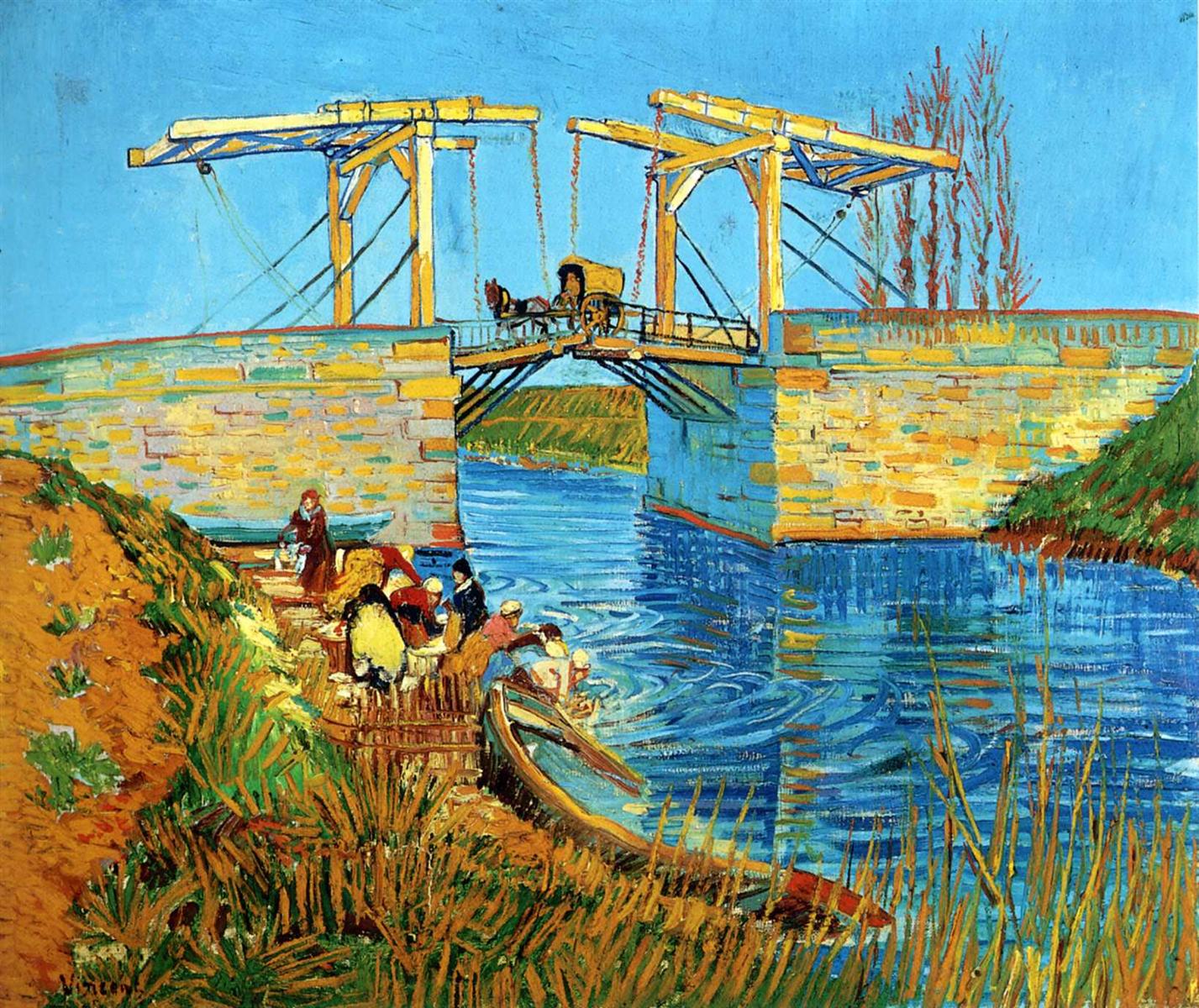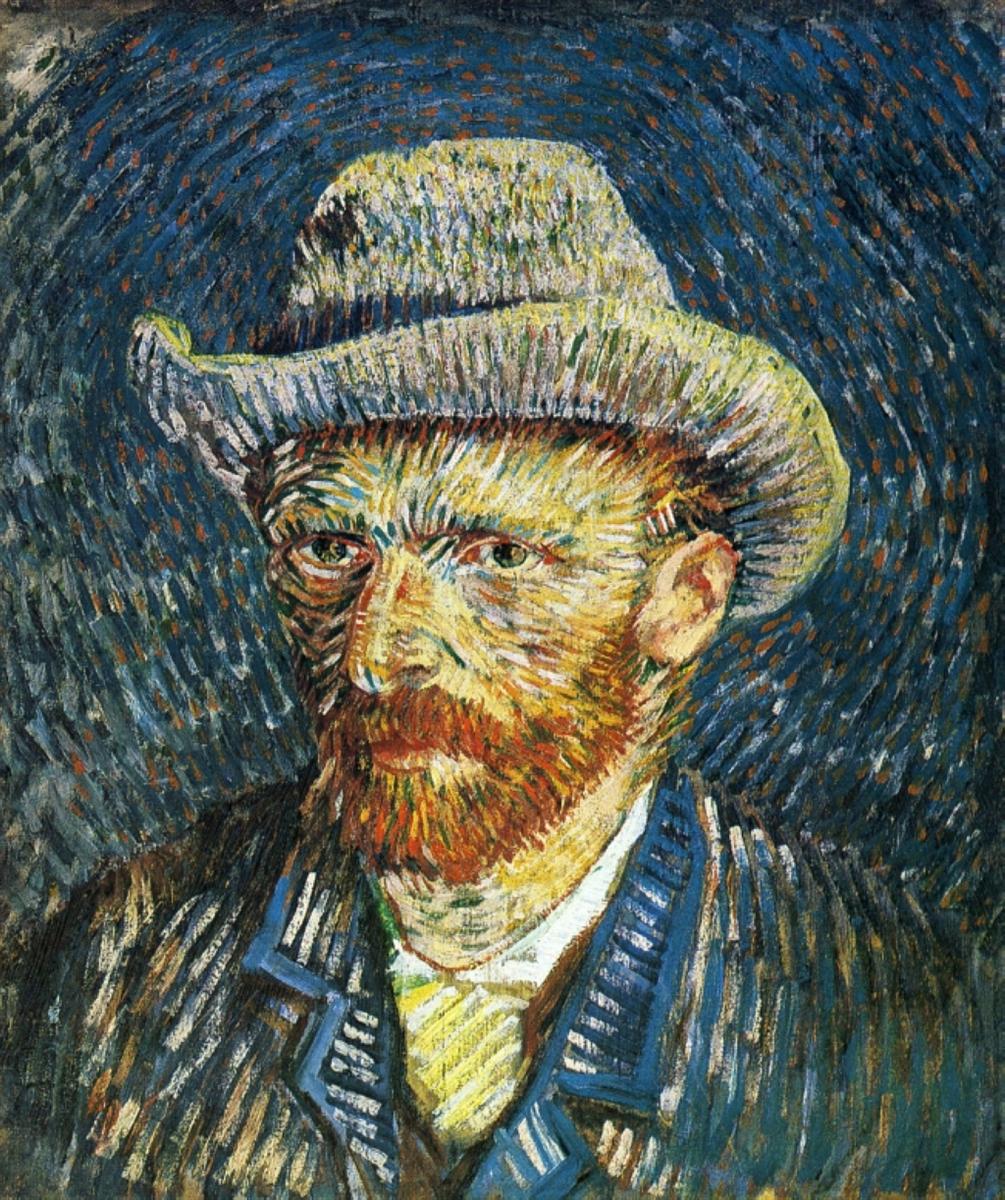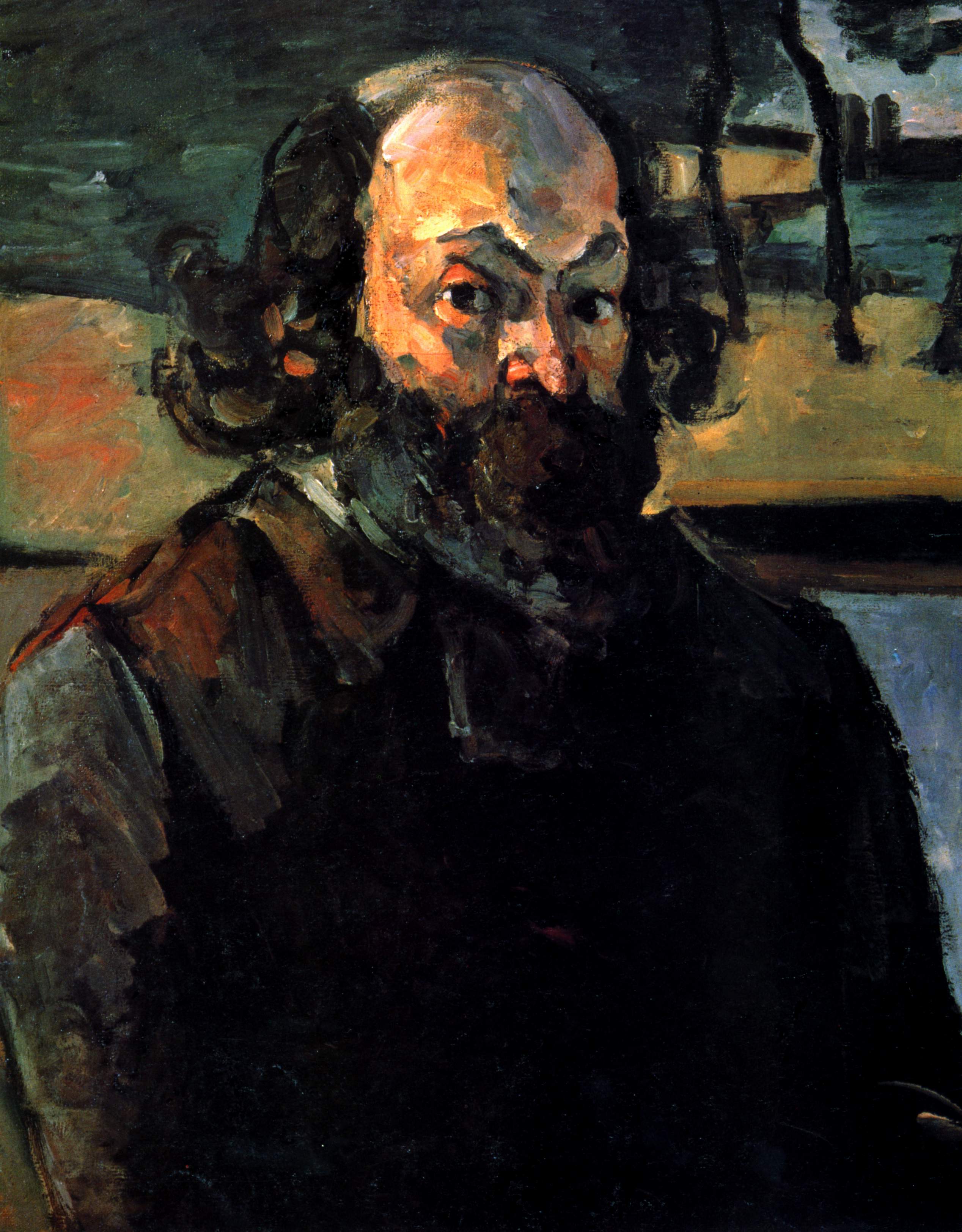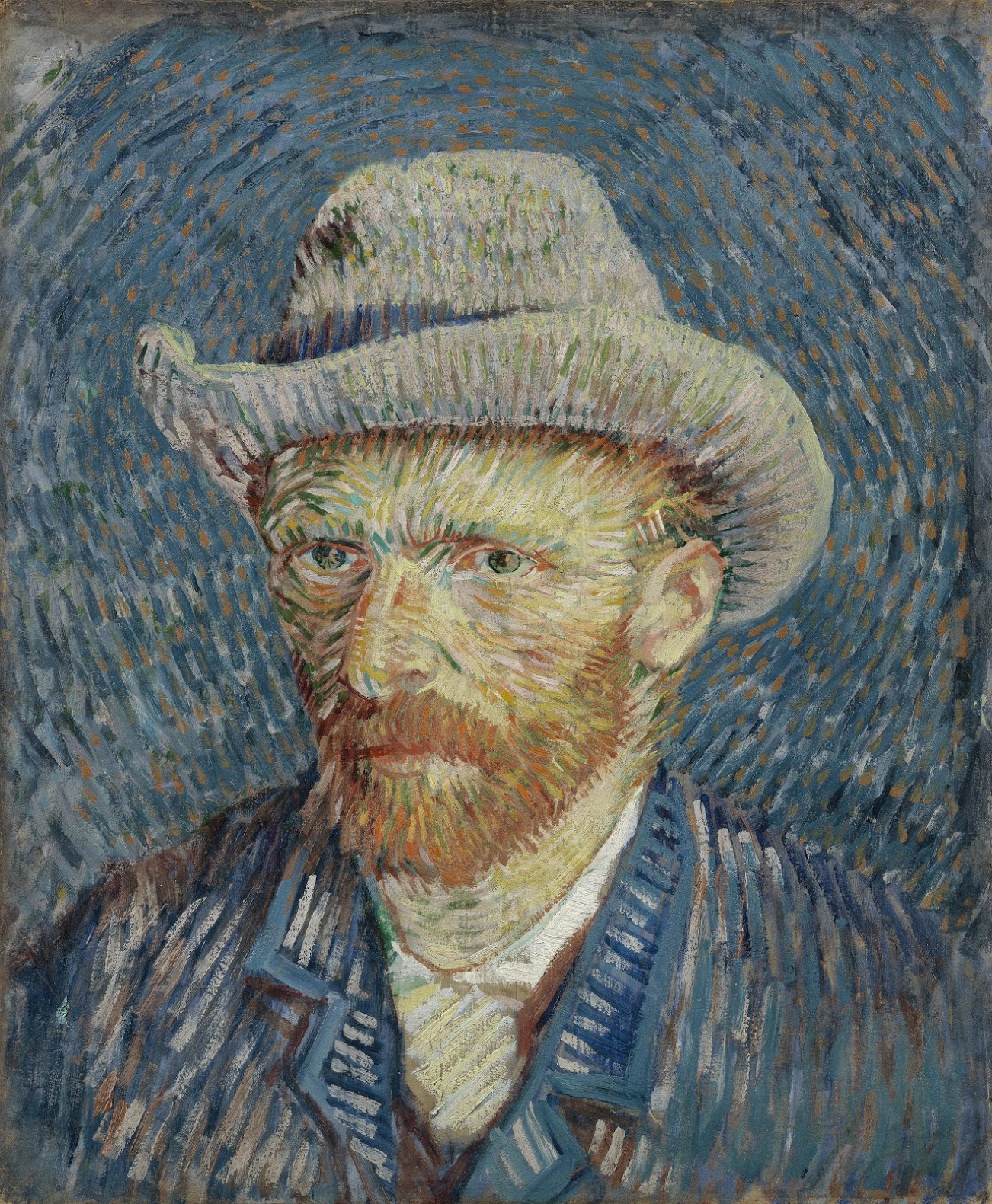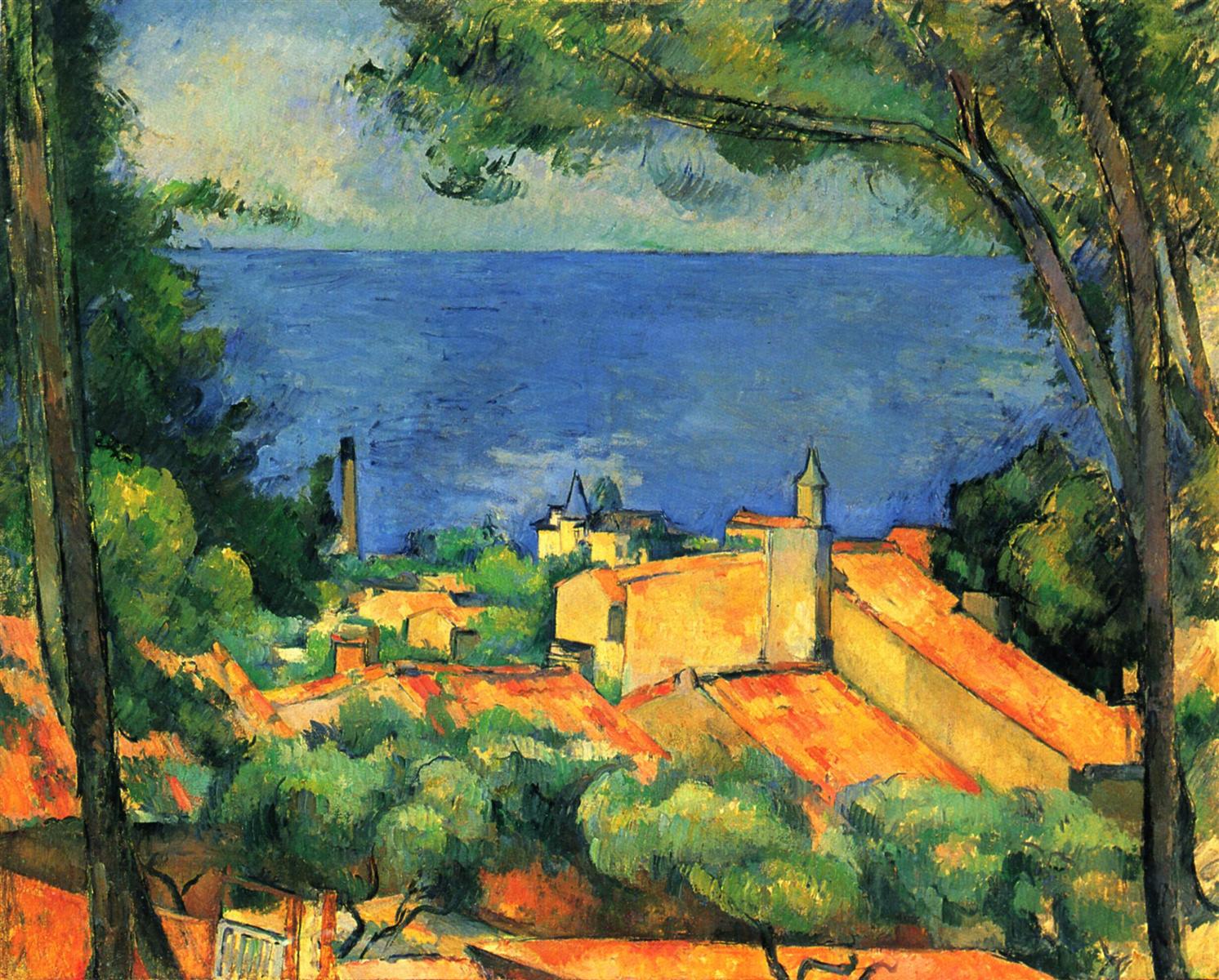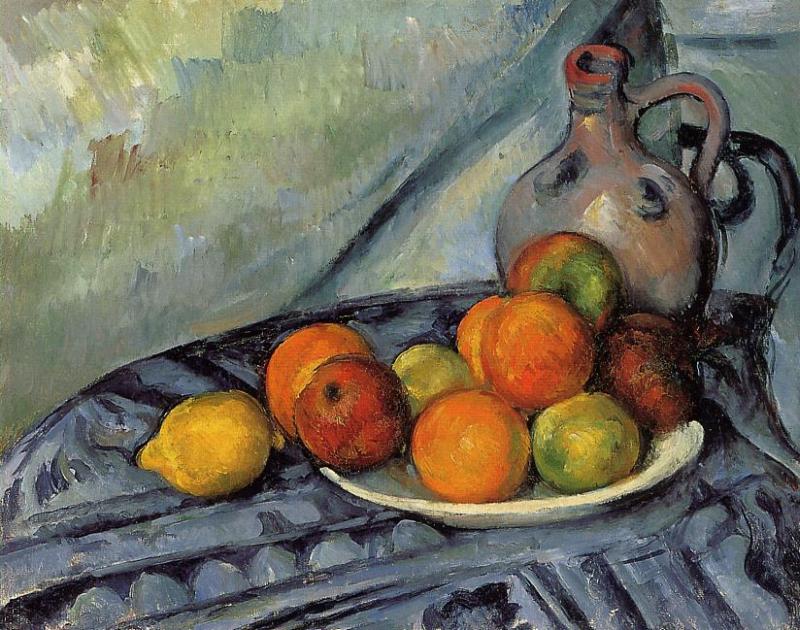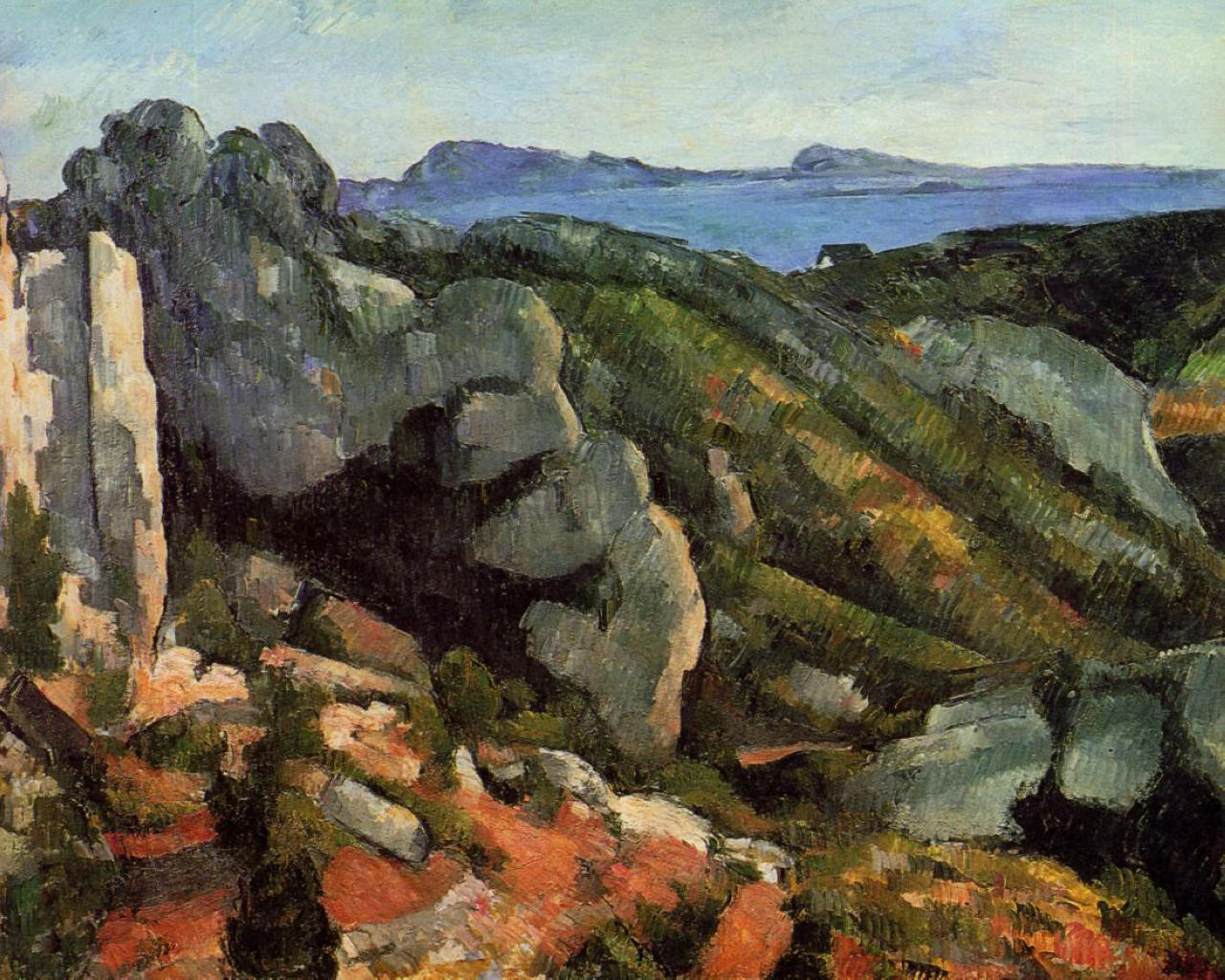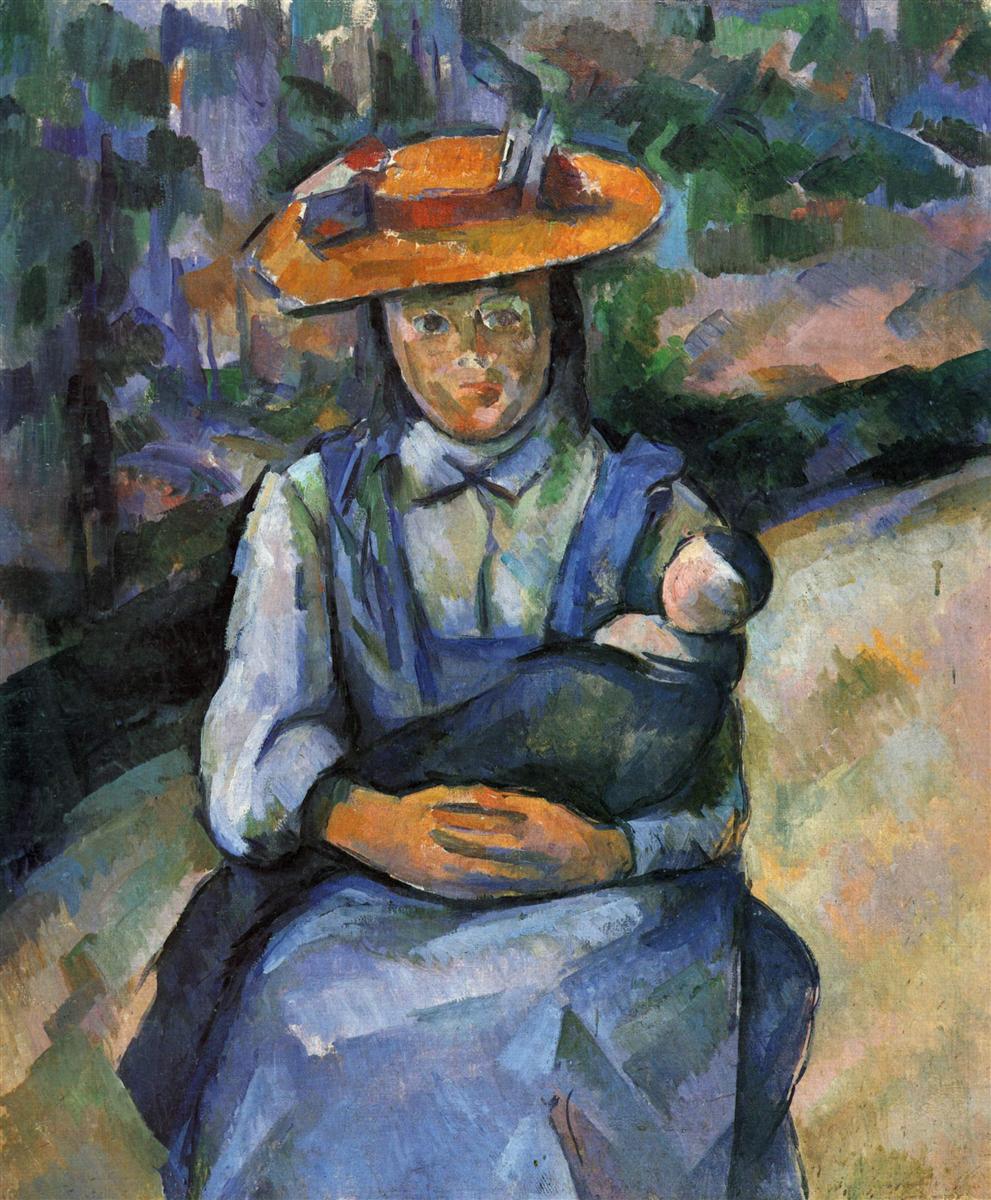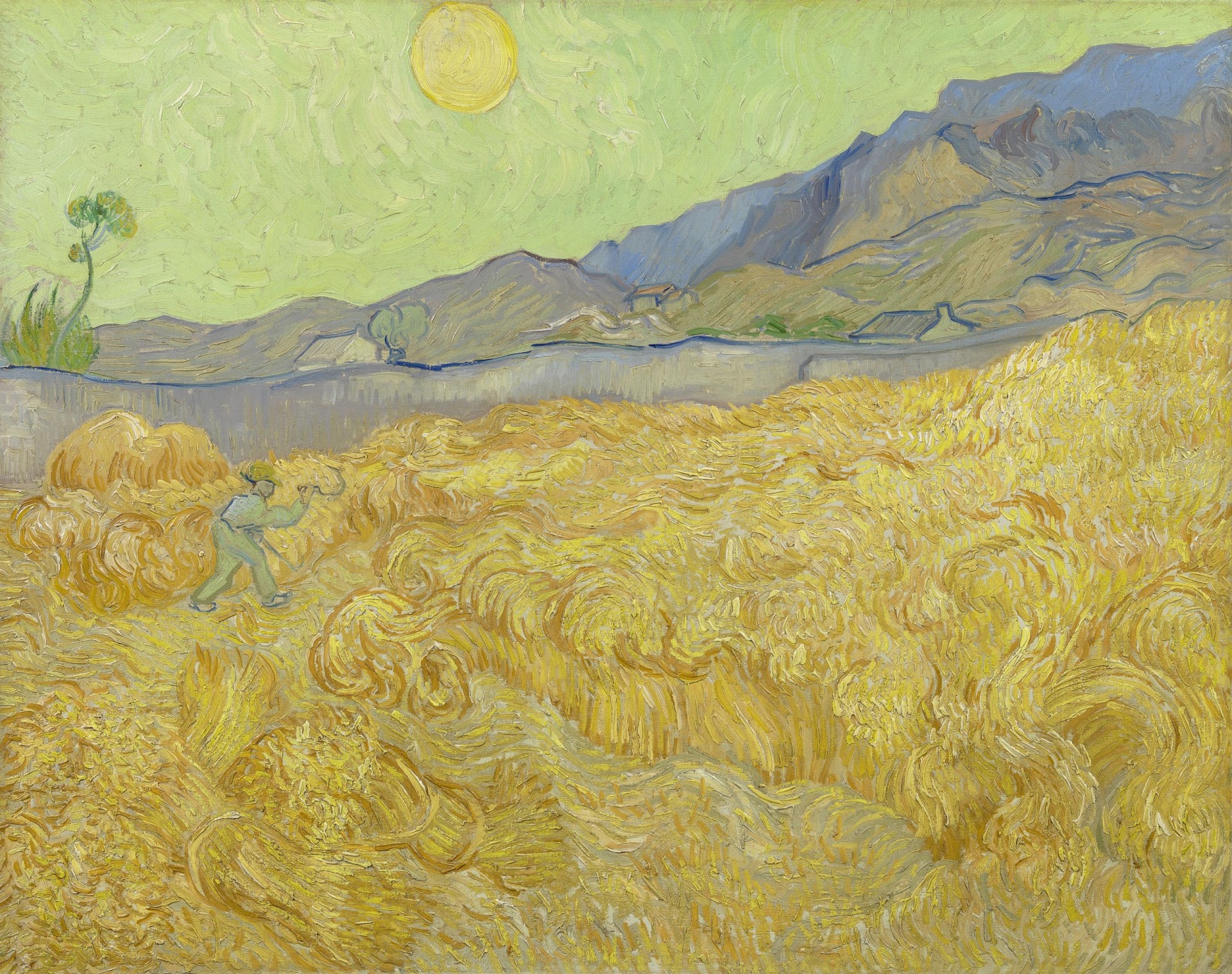… that’s how each daub plays its part in maintaining equilibrium and in producing it: just as the whole picture finally keeps reality in equilibrium.
Rainer Maria Rilke to Clara Rilke
In the first part of this letter, Rilke describes this painting: how it looks.
Now, he writes about its inner essence: how it works.
OCTOBER 22, 1907 (Part 2)
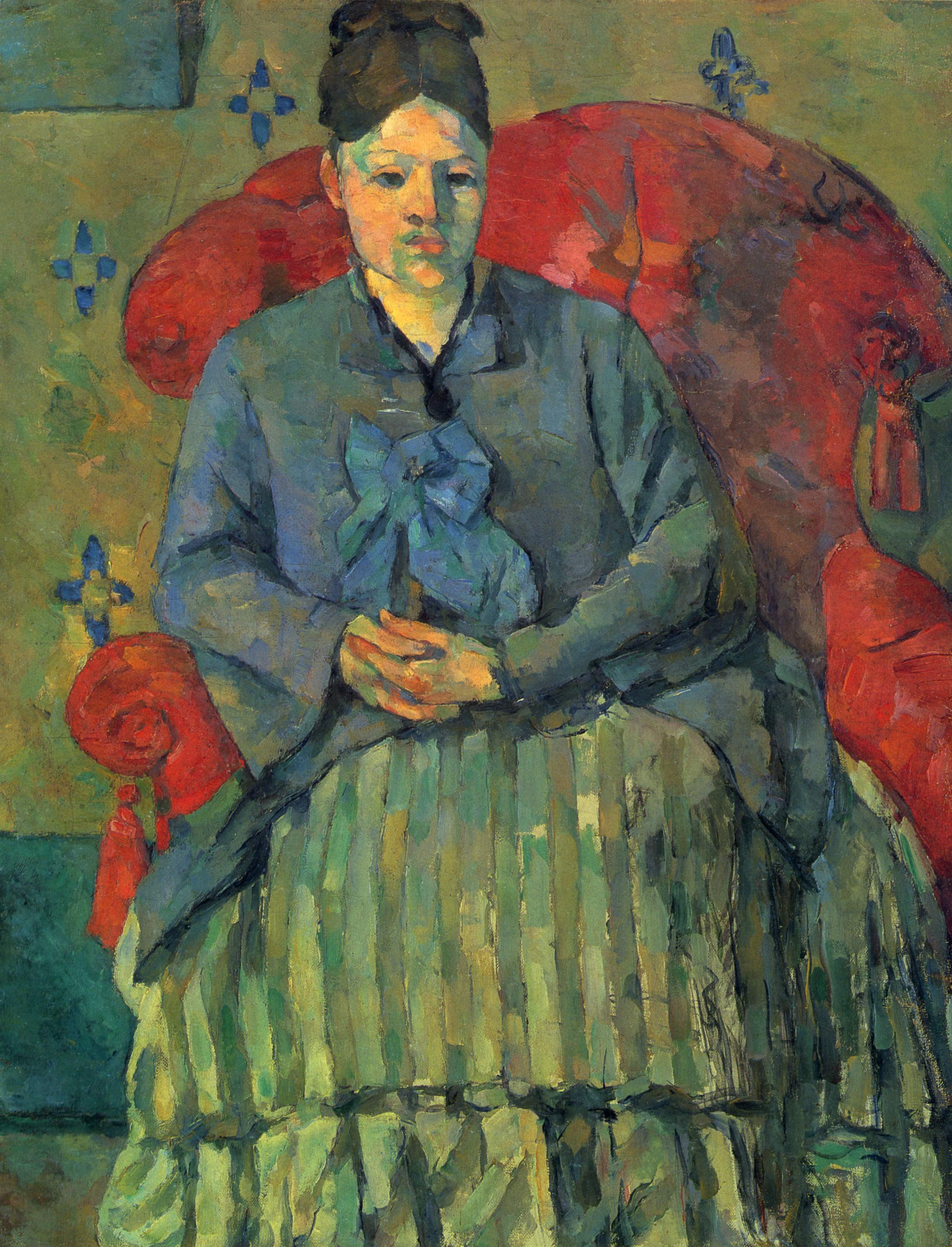
It’s as if every part were aware of all the others—it participates that much; that much adjustment and rejection is happening in it; that’s how each daub plays its part in maintaining equilibrium and in producing it: just as the whole picture finally keeps reality in equilibrium.
For if one says, this is a red armchair (and it is the first and ultimate red armchair in the history of painting): it is that only because it contains latently within itself an experienced sum of color which, whatever it may be, reinforces and confirms it in this red.
To reach the peak of its expression, it is very strongly painted around the light human figure, so that a kind of waxy surface develops; and yet the color does not preponderate over the object, which seems so perfectly translated into its painterly equivalents that, while it is fully achieved and given as an object, its bourgeois reality at the same time relinquishes all its heaviness to a final and definitive picture-existence.
Everything, as I already wrote, has become an affair that’s settled among the colors themselves: a color will come into its own in response to another, or assert itself, or recollect itself.
Just as in the mouth of a dog various secretions will gather in anticipation at the approach of various things—consenting ones for drawing out nutrients, and correcting ones to neutralize poisons: in the same way, intensifications and dilutions take place in the core of every color, helping it to survive contact with others.
In addition to this glandular activity within the intensity of colors, reflections (whose presence in nature always surprised me so: to discover the evening glow of the water as a permanent coloration in the rough green of the Nenuphar’s covering-leaves—) play the greatest role: weaker local colors abandon themselves completely, contenting themselves with reflecting the dominant ones.
In this hither and back of mutual and manifold influence, the interior of the picture vibrates, rises and falls back into itself, and does not have a single unmoving part. Just this for today … You see how difficult it becomes when one tries to get very close to the facts …
Rainer Maria Rilke to Clara Rilke
SEEING PRACTICE: INTERCOURSE OF COLORS
Click the image to open it on Google Art Institute website,and let Rilke’s reflections on its inner workings, on its mutual intercourse of colors, guide your viewing, as though you were standing together in front of the painting in the Salon…
